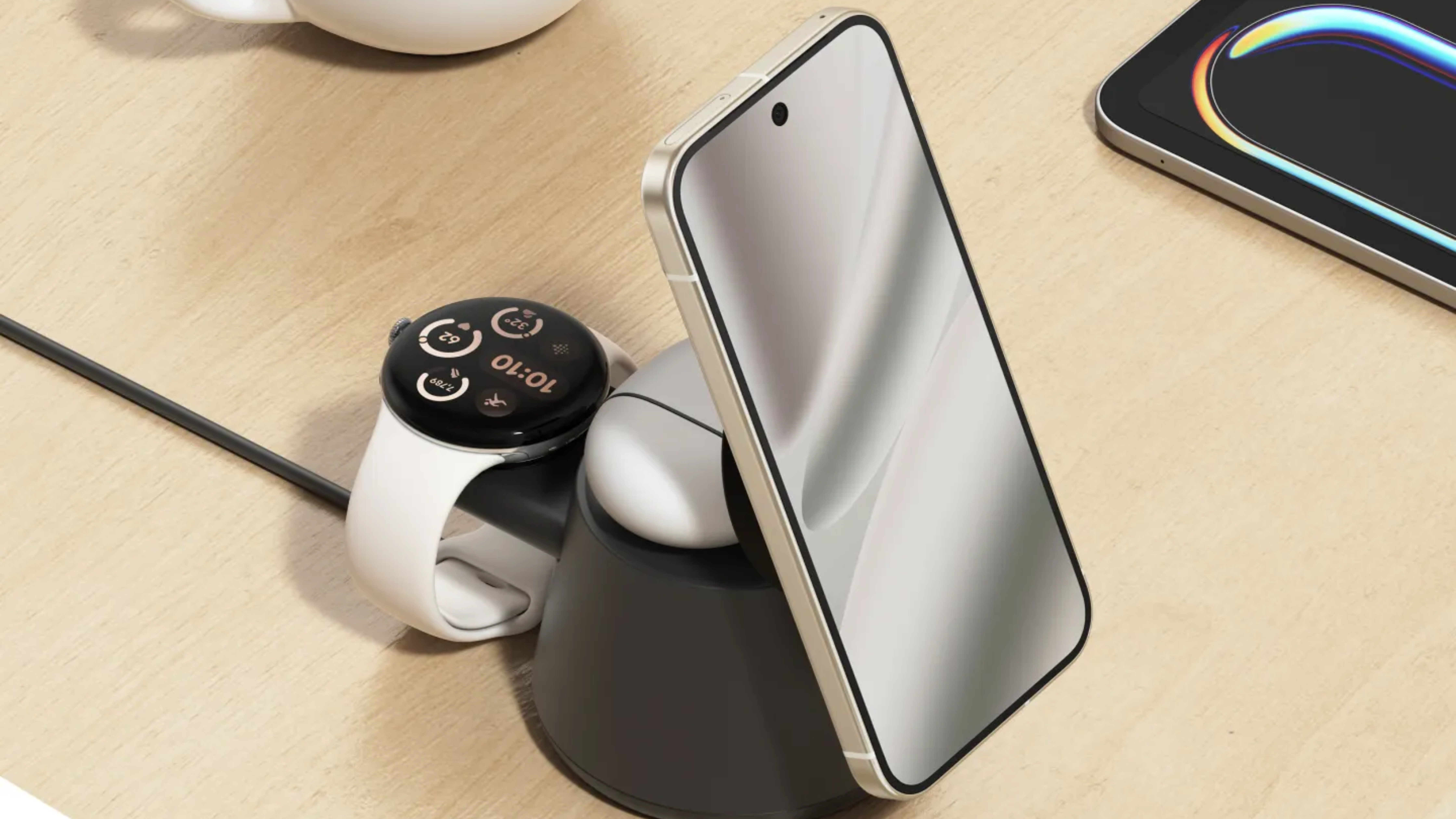Oura Ring 4 vs. RingConn Gen 2 Smart Ring: Return of the king?
The Oura Ring 4 is a fitting answer to RingConn's Gen 2 smart ring, but can it deliver the same value?
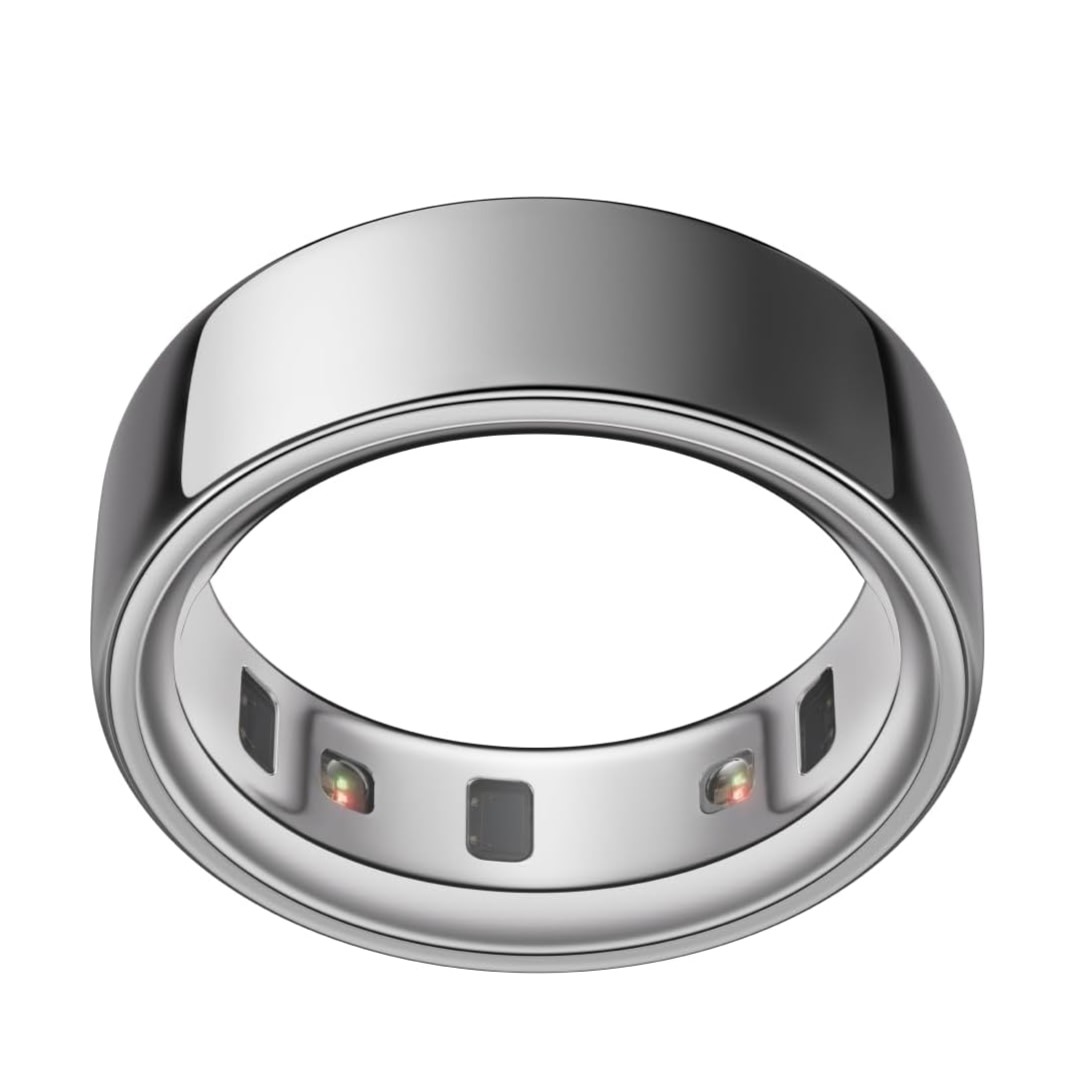
Setting standards
The new Oura Ring 4 boasts an improved design with recessed sensors, comes in more sizes, and gets an extra day of battery life. It promises more accurate data readouts thanks to a new Smart Sensing technology that adapts to how you wear it. Premium features are still behind a paywall though, which many won't be happy with.
Pros
- Full titanium build
- Recessed sensors for more comfortable fit
- Up to eight days of battery life
- Wider range of sizes
- New "Smart Sensing" data collection
Cons
- Still needs a subscription for vital analysis
- No independent charging case
- On the heavier side
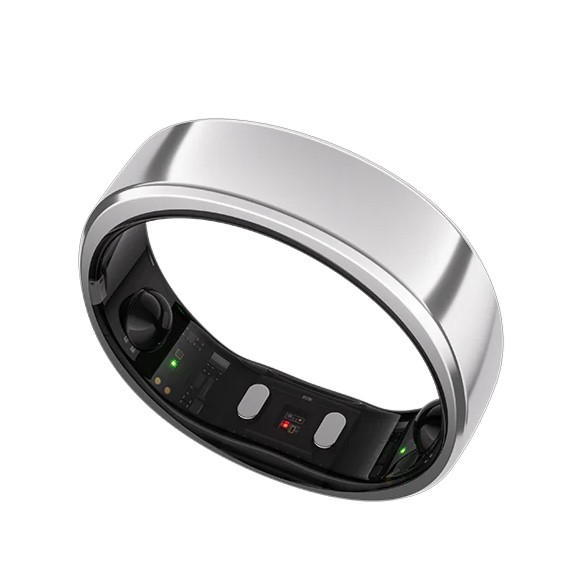
Unmatched sleep tracking
The RingConn Gen 2 Smart Ring delivers proven performance, and advanced sleep tracking with its ability to detect sleep apnea. Plus, you can access the full stats and analysis of your health data withouth having to pay for additional subscription.
Pros
- Very long battery life
- Great design
- Sleep apnea tracking can be useful
- No subscription to use all features
- Great app experience
Cons
- Sleep apnea monitoring can drain the battery
- No automatic workout tracking
Oura was the company that helped ignite the smart ring segment, and today we have many others that have joined the fold, including Samsung. Its biggest rival though has got to be RingConn which offers a very compelling product. If you're trying to decide between the newly launched Oura Ring 4 vs. RingConn Gen 2 Smart Ring, you've come to the right place.
Oura has brought some big changes with the ring 4 like a sleeker design with a more durable finish, more sizes, and a new sensing platform that promises to capture more accurate health data no matter how you wear the ring. It could very well be a great alternative to buying the best fitness tracker.
RingConn's Gen 2 Smart Ring has equally impressive specs and features, including the ability to detect sleep apnea. It's also cheaper than the Oura Ring 4 which potentially makes it more attractive to first-time smart ring buyers. Let's break down all the differences between the two so you can better decide which would be right for you.
Oura Ring 4 vs. RingConn Gen 2 Smart Ring: Design and pricing
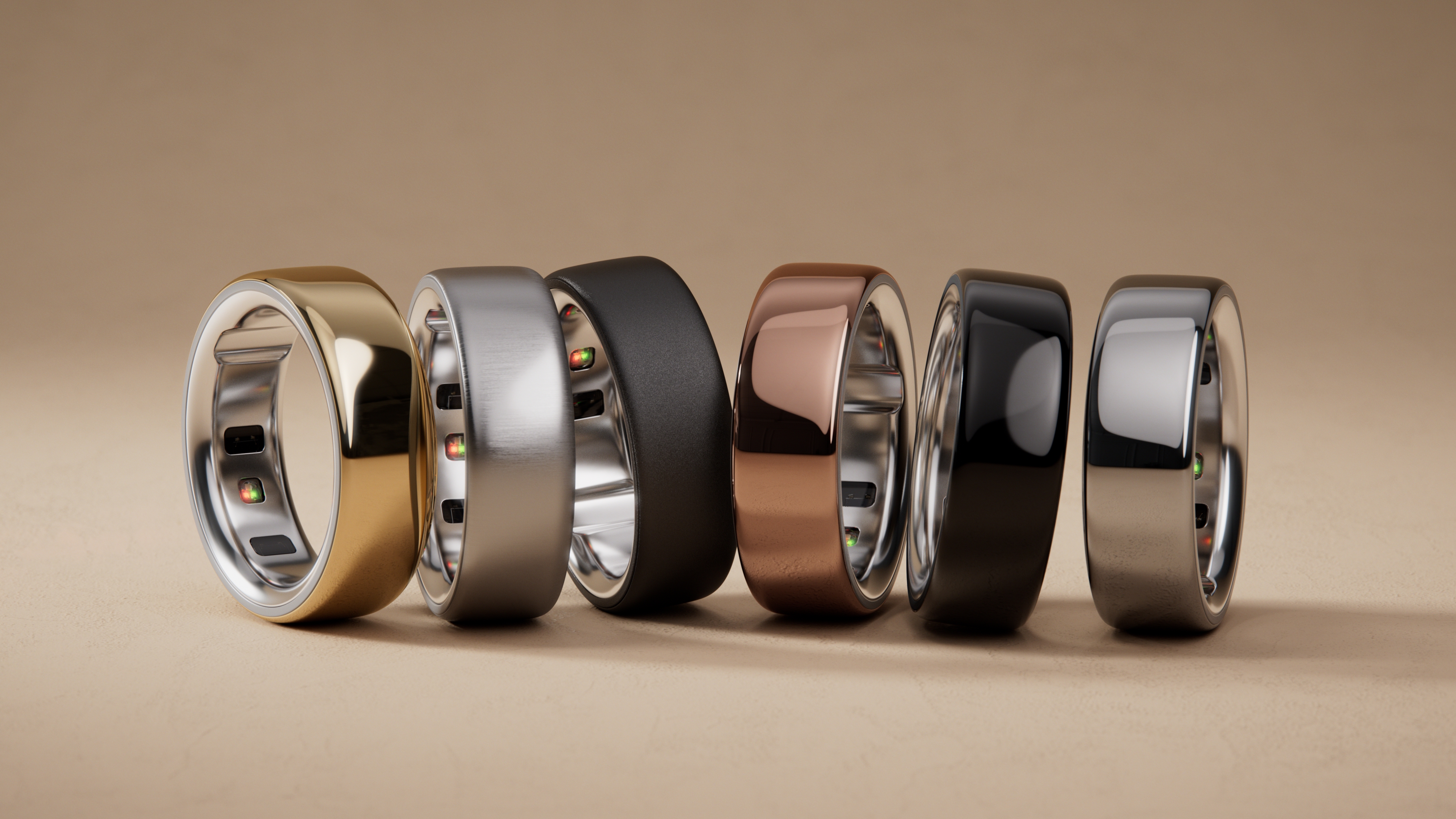
The Oura Ring 4 starts shipping from October 15, starting at $349. This price is only for the Silver and Black colors. The Brushed Silver and Stealth finishes cost $399, while the Gold and Rose Gold finishes are $499. Unlike the Oura Ring Gen 3, the Ring 4 comes in a single style. You get a one-month membership for free at the time of purchase, after which you'll have to pay $5.99 a month or $69.99 a year for U.S. members.
The idea of having to pay more to access detailed reports and analysis of your own health data after already paying a premium upfront for the device is not something I'm thrilled about, and I'm sure many others would feel the same.
The RingConn Gen 2 Smart Ring has a much more palatable starting price of $299, irrespective of the color choice. You only get three finishes though like Future Silver, Matte Black, and Royal Gold. The biggest advantage of RingConn is that you have access to all data that's monitored, forever, as nothing is hidden behind any subscription.
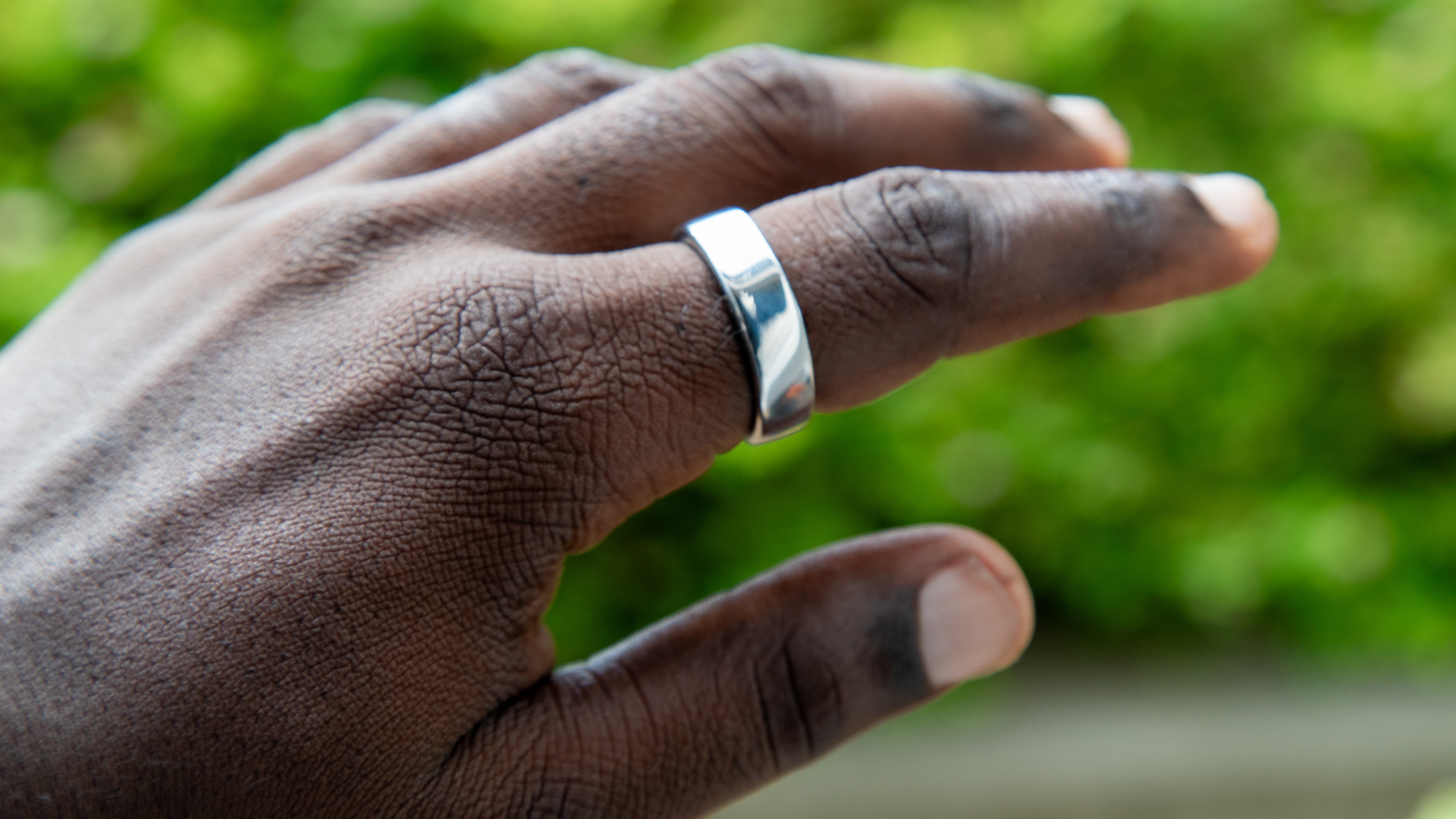
There's not a lot of flexibility to differentiate your product from others when designing a smart ring and so, on the surface, the Oura Ring 4 and the RingConn Gen 2 look quite similar. However examine them closer or try them on, and you might notice some big differences. The Oura Ring 4 gets a fully circular design with new recessed interior sensors at just 0.3mm, which means you won't feel any bumps when you wear it. This should make it a lot more comfortable to wear while carrying heavy items like dumbbells or grocery bags.
Get the latest news from Android Central, your trusted companion in the world of Android
It also gets full titanium layering on the outside and interiors too. The ring 4 now comes in sizes from four to 15, and it has a thickness of around 2.8mm. Depending on the size, it can feel a bit heavy as the weight ranges from 3.3g to 5.2g. It has full water resistance up to a depth of 100m and can be used in a sauna and other water sports, but not diving.
The RingConn Gen 2 Smart Ring has a mostly circular design too, but the interiors have two protruding divots for the LED sensors and a flat base between them. While this looks like it could be uncomfortable to wear, we found it to be the opposite when we reviewed the Gen 2 Smart Ring. RingConn uses a titanium alloy for the exterior and a medical-grade epoxy for the interior of the ring. The glossy silver model that we tested held up well against scuffs and scratches with everyday use.
Oura Ring 4 vs. RingConn Gen 2 Smart Ring: Features and specs
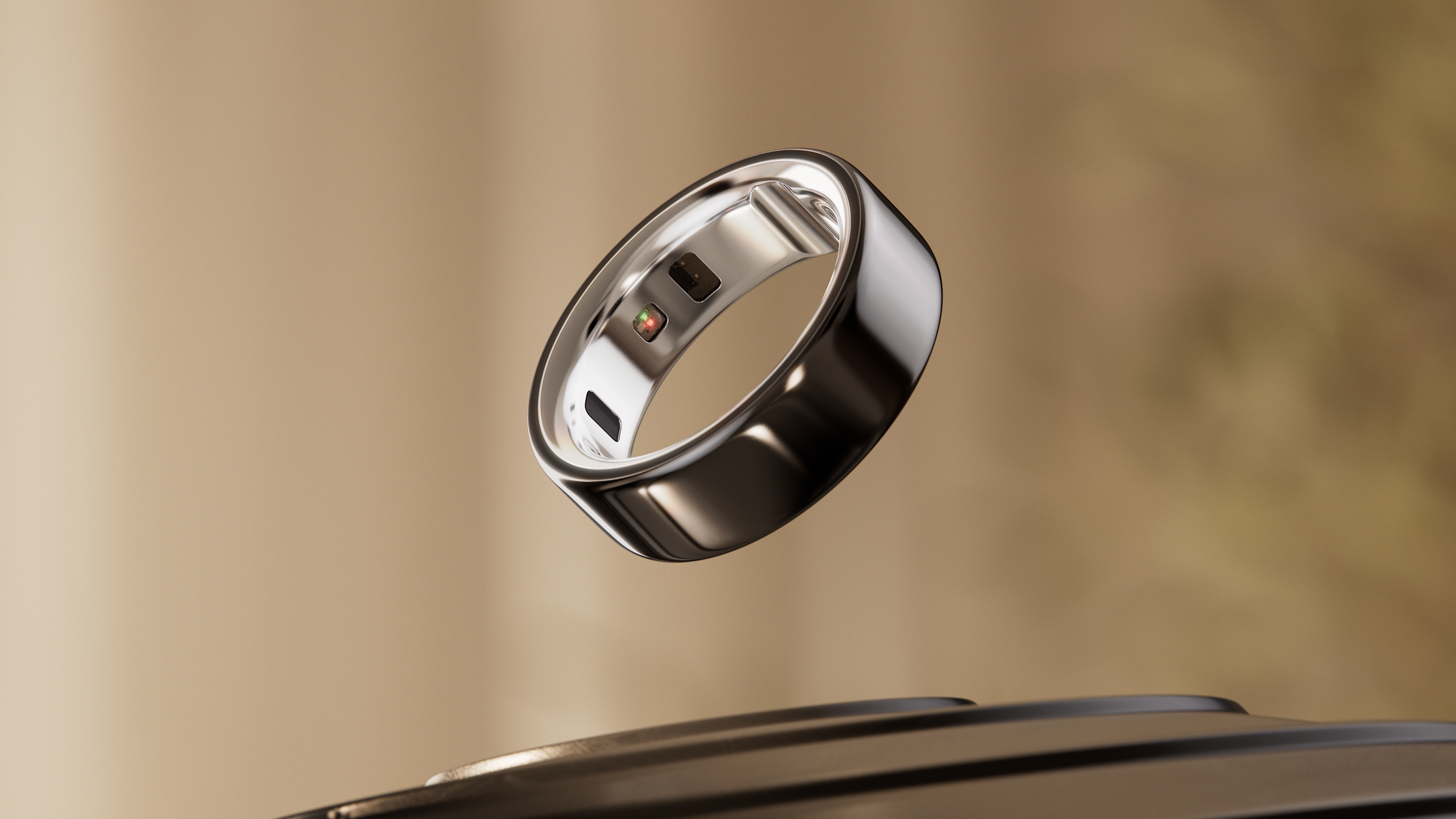
The Oura Ring 4 and the RingConn Gen 2 Smart Ring promise medical-grade accuracy in readings thanks to finely tuned sensors. Both smart rings can do continuous heart rate tracking, sleep tracking, activity monitoring, stress analysis, and cycle tracking for women. Without a subscription to Oura, the app will only show you sleep, readiness, and activity scores. With an active subscription though, you'll have access to more detailed reports about your sleep, 24/7 heart rate tracking, SpO2 sensing, VO2 Max readings, cycle insights, automatic activity detection, and much more. These reports are vital if you truly wish to make healthy lifestyle changes, but you'll need to pay extra to get it.
On the flip side, the RingConn Gen 2 offers most of these premium features for free, since there's no subscription involved. It goes a step further and even has continuous sleep apnea monitoring. The latter feature did take a big bite out of the ring's battery life when we tested it, which is something to keep in mind. Smart rings are also not the best for step tracking, although they are getting better. For best accuracy, it's better to rely on a wrist-based fitness tracker instead.
One area where the Oura Ring 4 has an advantage is its automatic activity detection and tracking for certain exercises. This is a premium feature but it makes tracking exercises seamless. Unfortunately, any kind of exercise tracking on the RingConn needs to be manually activated, which is just unnecessary added steps.
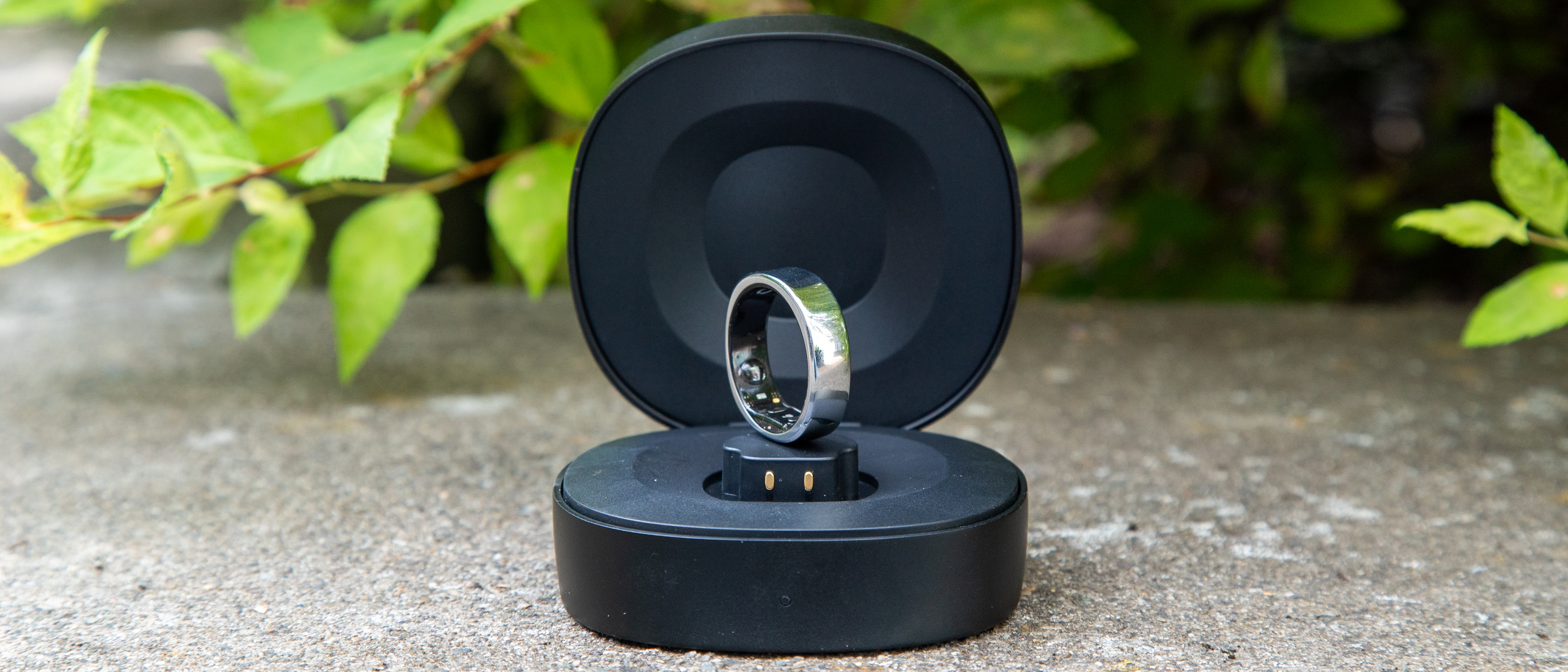
One big advantage of the smart rings is the incredible battery life you get compared to any smartwatch. Since there's no screen to power or LTE network to connect to, a week's worth of runtime on one charge is not uncommon to see. The RingConn Gen 2 Smart Ring lasts for 10 to 12 days on one charge, which is incredible. You might see a drop if you do sleep apnea tracking, but it should still be more than a week before you'll need to charge it again. The best part is the charging case that comes with it can easily charge the ring no matter where you are, thanks to the built-in 500mAh battery. There's also an optional charging dock which can be bought separately.
The Oura Ring 4 can go for up to eight days (claimed time) on one charge, which is less than RingConn but an improvement over the Ring Gen 3. Sadly, you don't get a convenient charging case with it but a charging dock with a Type-C to Type-C cable. This means you'll need to plug it into a power bank or your laptop in order to charge it.
| Header Cell - Column 0 | Oura Ring 4 | RingConn Gen 2 Smart Ring |
|---|---|---|
| Materials | Fully titanium exterior and interior | Titanium alloy, medical-grade epoxy, PVD coating |
| Protection | Water resistant up to 100m | IP68 |
| Sensors | SpO2, heart rate, temperature, accelerometer | PPG sensor, temperature sensor, 3-axis accelerometer |
| Battery | Up to 8 days | Up to 12 days, USB-C charging cradle (500mAh) |
| Connectivity | Bluetooth LE | Bluetooth LE |
| Platform support | iOS, Android | iOS (Apple Health), Android (Google Fit) |
| Dimensions | Width: 7.9mm; Thickness: ~2.88mm | Width: 6.8mm; Thickness: 2mm |
| Weight | 3.3-5.2g (depending on size) | 2-3g (depending on size) |
| Sizes | 4-15 | 6-14 |
| Colors | Black, Brushed Silver, Gold, Silver, Rose Gold | Future Silver, Matte Black, Royal Gold |
| Subscription for premium features | Yes | No |
Oura Ring 4 vs. RingConn Gen 2 Smart Ring: App integration
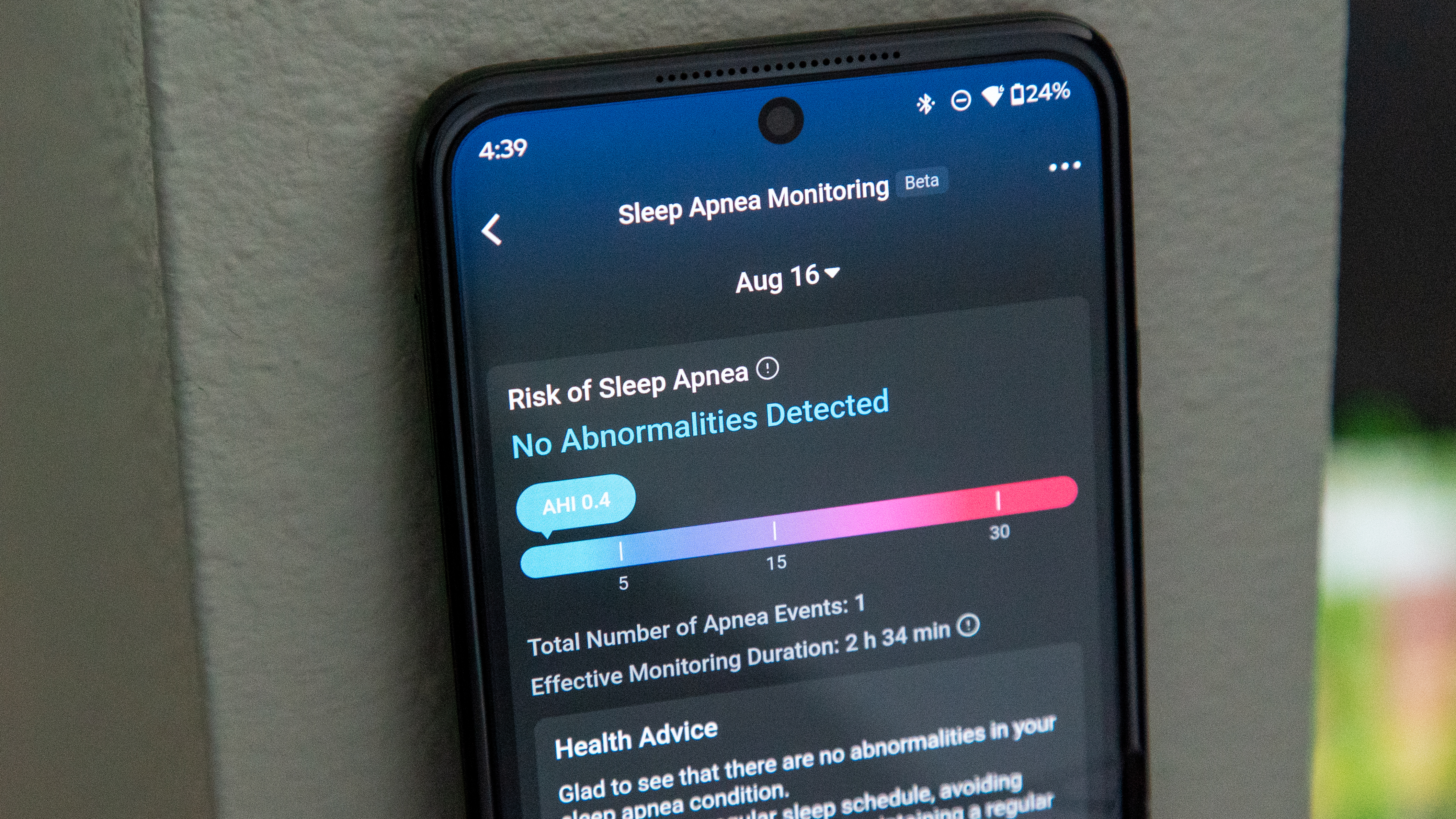
We absolutely loved the app experience of the RingConn Gen 2 Smart Ring. Information is laid out in an easy-to-read manner and there are only three main tabs to cycle through, making it easy to navigate. The app also has a great set of widgets on Android, which we found very useful. The Gen 2 is also compatible with iPhone and integrates with Apple Health. On Android though, we only noticed that it worked with Google Fit and not Health Connect, at the time of our review anyway.
With the launch of the Oura Ring 4, the company also released a redesigned app which is supposed to make navigation a lot easier. This is a welcomed improvement since the app was pretty crowded given the amount of metrics the ring tracks. The new app will have three main views: Today, Vitals, and My Health, so you can quickly jump to the data you need. A neat addition is the Timeline view in the Today tab which gives you a glanceable snapshot of how you've fared in the day so far. Oura's Labs feature is also finally coming to Android. This includes an AI-powered advisor to help interpret the wearer's health data.
Oura Ring 4 vs. RingConn Gen 2 Smart Ring: Which should you buy?
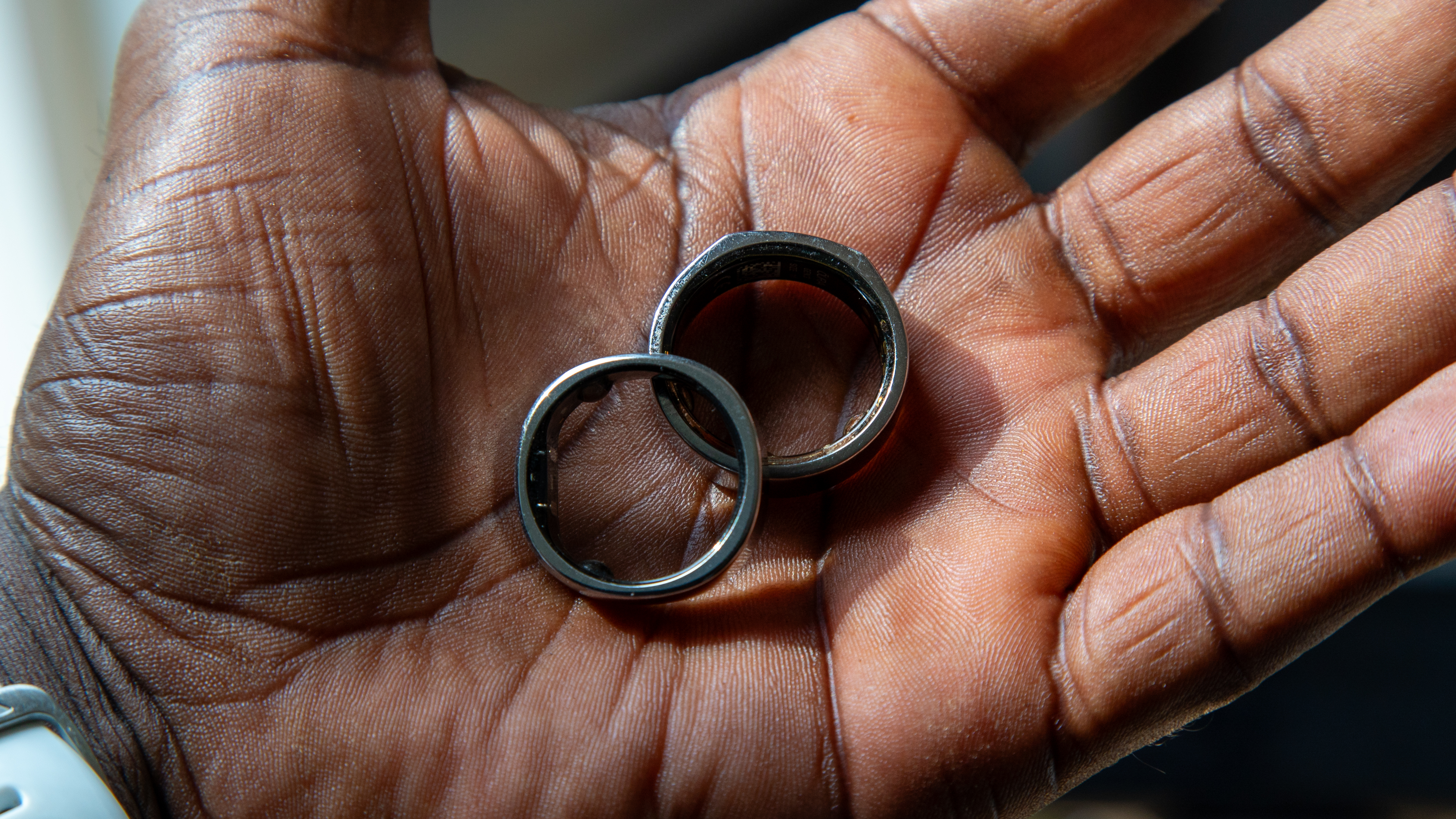
We're yet to test the Oura Ring 4 and we have little doubt about the company's ability to deliver on the promised features, especially considering how well the Gen 3 ring performed. But going the Oura route means a committed monthly investment for the subscription if you want to make any sense of all the data it collects. It's also quite expensive for casual users as prices can go as high as $499 for the premium trims.
The majority of users should find the RingConn Gen 2 Smart Ring a good enough alternative, and it's the one I'd recommend to most. It's more affordable than Oura, there are no subscription fees to get detailed reports and analysis of your data, and it has an amazingly good battery life which even trumps the Ring 4's claimed number.
You'll have to compromise in some places like manually tracking workouts. The sleep apnea feature can drain the battery a fair bit, even though that's one of its unique features. Overall, with a great app experience, durable design, and handy charge-on-the-go case, the RingConn Gen 2 Smart Ring is truly the one ring to rule them all.

The best for everyone
The RingConn Gen 2 Smart Ring offers a great mix of features, battery life, and price, making it the ideal first smart ring for most people.
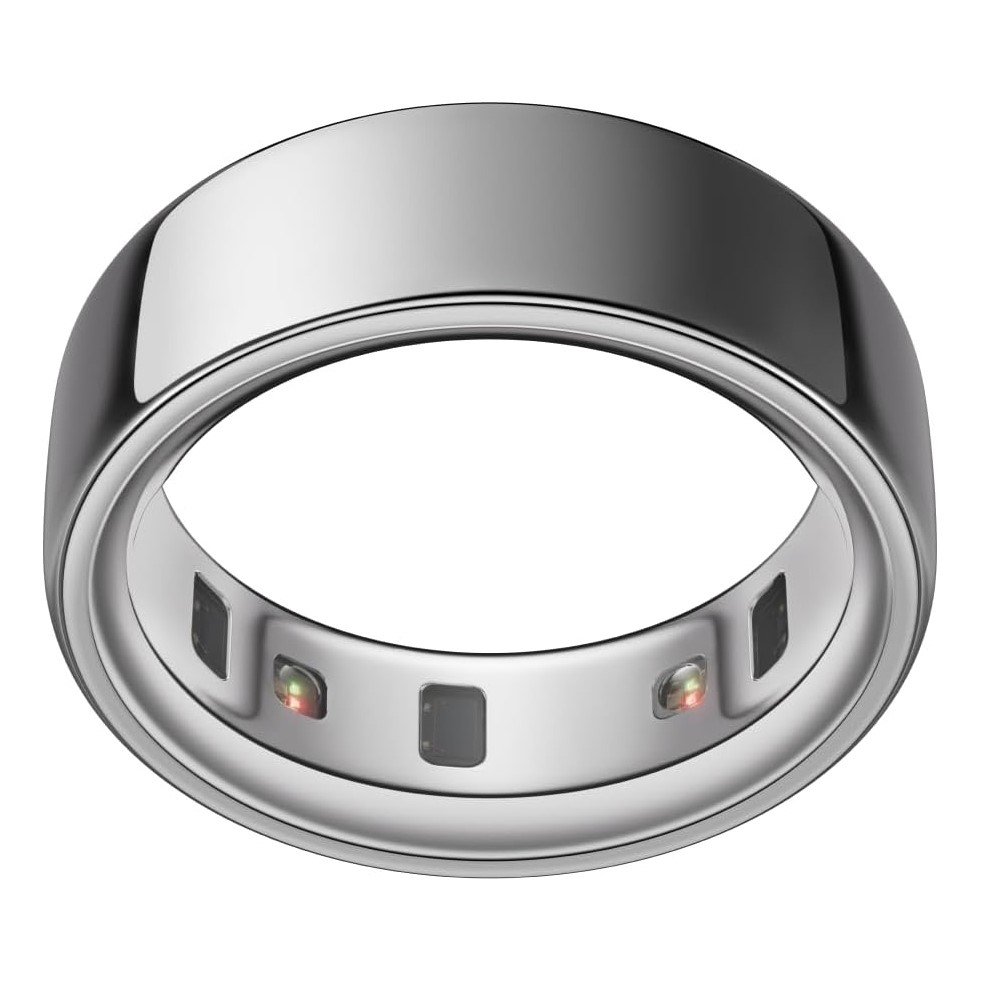
For those serious about fitness
The Oura Ring 4 is for the dedicated fitness person who won't mind paying a monthly fee for detailed insights. Plus, the new design, wider range of sizes, and claimed better battery life should be a good upgrade over the Ring Gen 3.

Roydon has been writing about personal technology for 10+ years, and has covered everything from news, reviews, features, to on-ground coverage of big trade shows like CES. He's passionate about mobile technology and computing, dabbles with photography, and is still struggling to work his way through his Steam and PS4 game library.
You must confirm your public display name before commenting
Please logout and then login again, you will then be prompted to enter your display name.
